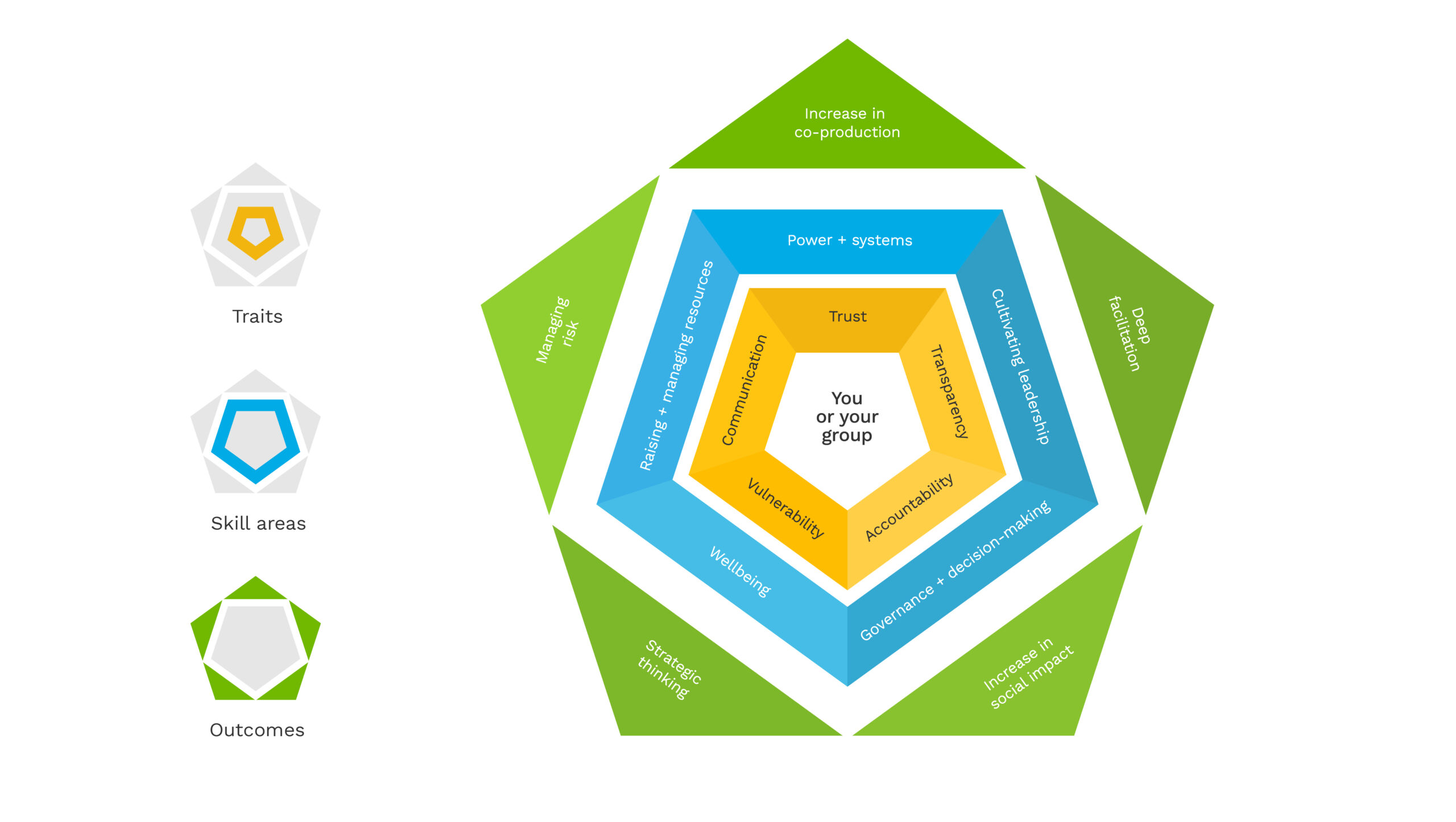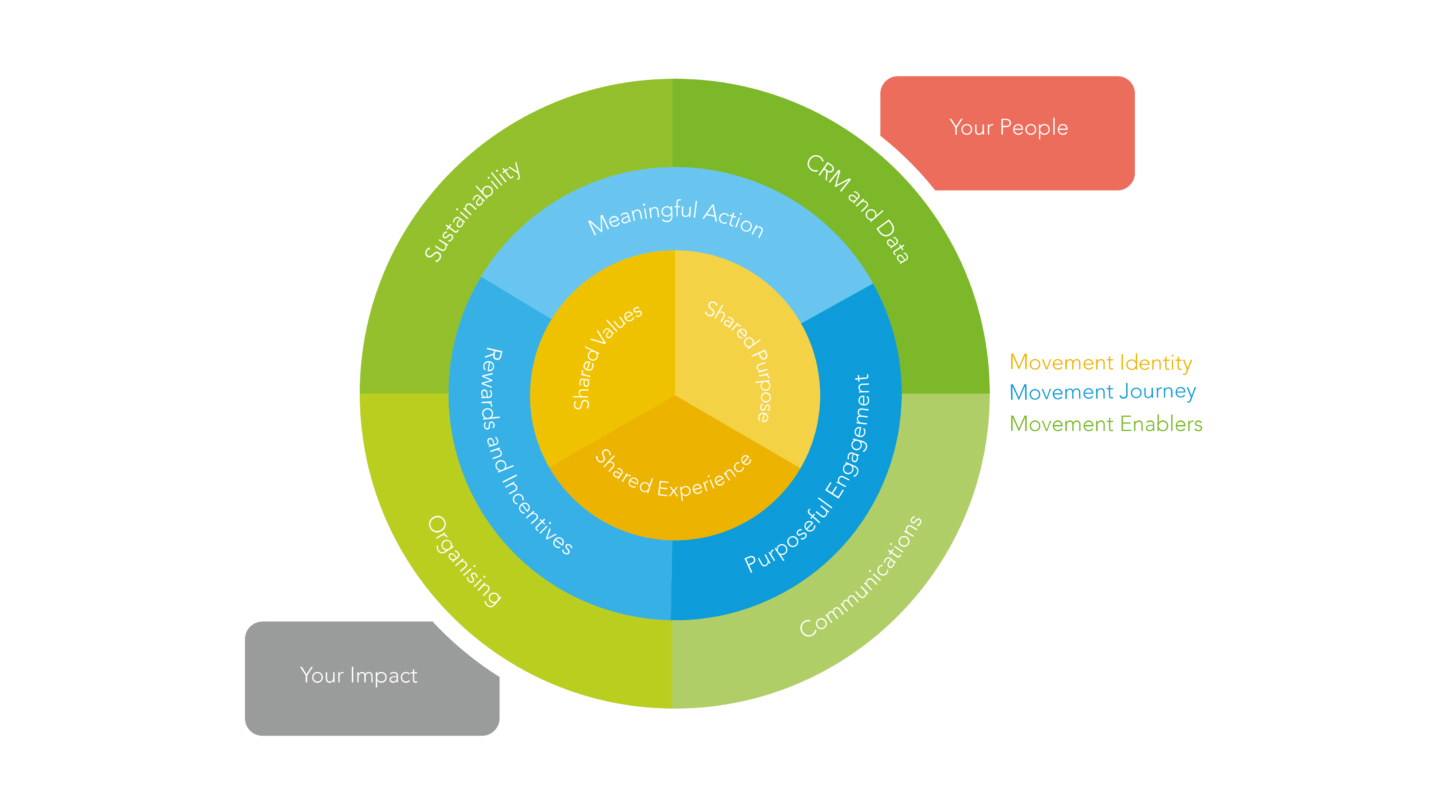8 Things ALL funders need to know before funding humanitarian movements

In response to the deteriorating situation faced by displaced people in Calais in the summer of 2015, a group of friends started a hashtag #HelpCalais with the aim of raising £1000 and filling a van of donations to take down to France. Within a week, they had raised £56,000 and received thousands of donations. Fast forward to January 2018 and Help Refugees worked to help over 722,500 people, managed over 15,000 volunteers, and had up to 70 projects funded across Europe and the Middle East at that time.
Help Refugees began as a rapid self-initiated volunteer response to the refugee crisis. Their experience of scaling rapidly, their ability to mobilise volunteers very quickly and their use of crowdfunding have enabled Help Refugees to achieve high impact in a very short space of time.
We have conducted research commissioned by the Paul Hamlyn Foundation to gain insights from Help Refugees for philanthropists interested in funding this type of networked approach.
The following insights are taken from the #ChooseLove report, which explores effective ways to provide timely funding to volunteer-led responses to a humanitarian crisis.
1. Monitor your networks
Foundations who are interested in funding this type of networked approach should monitor social media and crowdfunding platforms, as well as keeping abreast of new campaigners or social innovations that are evolving through sharing information across foundations and/or grantees.
2. Gather local intelligence
To really understand where and how volunteer responses to crisis evolve, we advise funders to adopt the same fieldwork-first approach of Help Refugees. This could involve funding intelligence gathering exercises through local networks as a first point of call when emergencies or disasters strike. If there is no local network, then the commissioning of a community mapper would be recommended.
3. Determine funding conditions
The minimum standards or conditions that need to be in place to meet the charitable test, and to provide support for grassroots initiatives include:
- Minimum standards regarding safety / safeguarding and effectiveness (but without being too controlling).
- Track record of success
- Evidence of impact (and of the money being genuinely used for the agreed purpose), although this may also mean that additional support should be given to volunteer groups to help to do this.
- Provide unrestricted funding, or paying for invoices directly/donations in kind.
- Find an alternative way of funding activities – i.e monzo cards.
4. Take a balanced approach
There is a the need for a balanced approach from funders. For example, putting in place accountability measures while also providing broad support to grassroots movements. While some of this support could be light touch, foundations need to be compliant with the charitable test – especially where a volunteer response is the redistribution of funds.
5. Look beyond core financial cost
In addition to funding immediate impact work, foundations should consider funding support to the volunteer network, which includes well-being support, infrastructure, and good governance support. This could be a simple tool kit covering funding conditions, which could be sent out and used by volunteer groups either through the foundation or a crowdfunding platform. It could include direct support, as well as additional funding for wellbeing leave and self care purposes.
6. Widen your evaluation
To determine whether or not a volunteer group is meeting a critical need successfully, funders could look to evaluate the journey of potential grantees against key steps such as identification of need, communication of need, mobilisation of resources, distribution of resources, understanding of impact, learning and adaptation of approach, confirmation of impact – applied flexibly depending on the situation.
7. Understand the risks around funding networked change
Risks associated with funding newly formed groups include lack of governance or organisational structure and impact tracking, as well as replicability or sustainability of a specific model that may have emerged organically in response to a specific set of circumstances.
8. Understand that funding volunteer led movements can more than just about funding critical need
The energy and responsiveness of agile, on the-ground groups is a vital resource in times of crisis. Funders have an opportunity to get the money directly to these grassroots organisations, where larger agencies might not have the agility to act so quickly. Funding volunteer-led movements provides an opportunity to support – either directly or indirectly – leadership networks, voice and advocacy at a grassroots level.
The need to reduce risk around funding early stage volunteer led movements suggests that there is potential in supporting the creation of an entity which lends governance, compliance and strategic support to new networks. Models such as co-funding, or the development of ‘arms-length’ partners like Prism the Gift Fund, could enable funders to be comfortable with the higher risk appetite necessary for directly funding newer untested initiative. However, it is crucial that new voluntary organisations develop their own governance processes and/or decision making strategies for impact. We recommend that foundations invest into a feasibility study of this type of service which support the scaling of social justice based volunteer movements.
Read the full #ChooseLove report here


